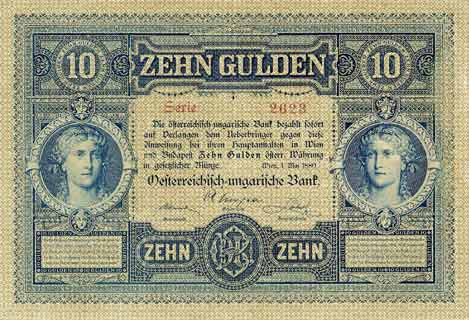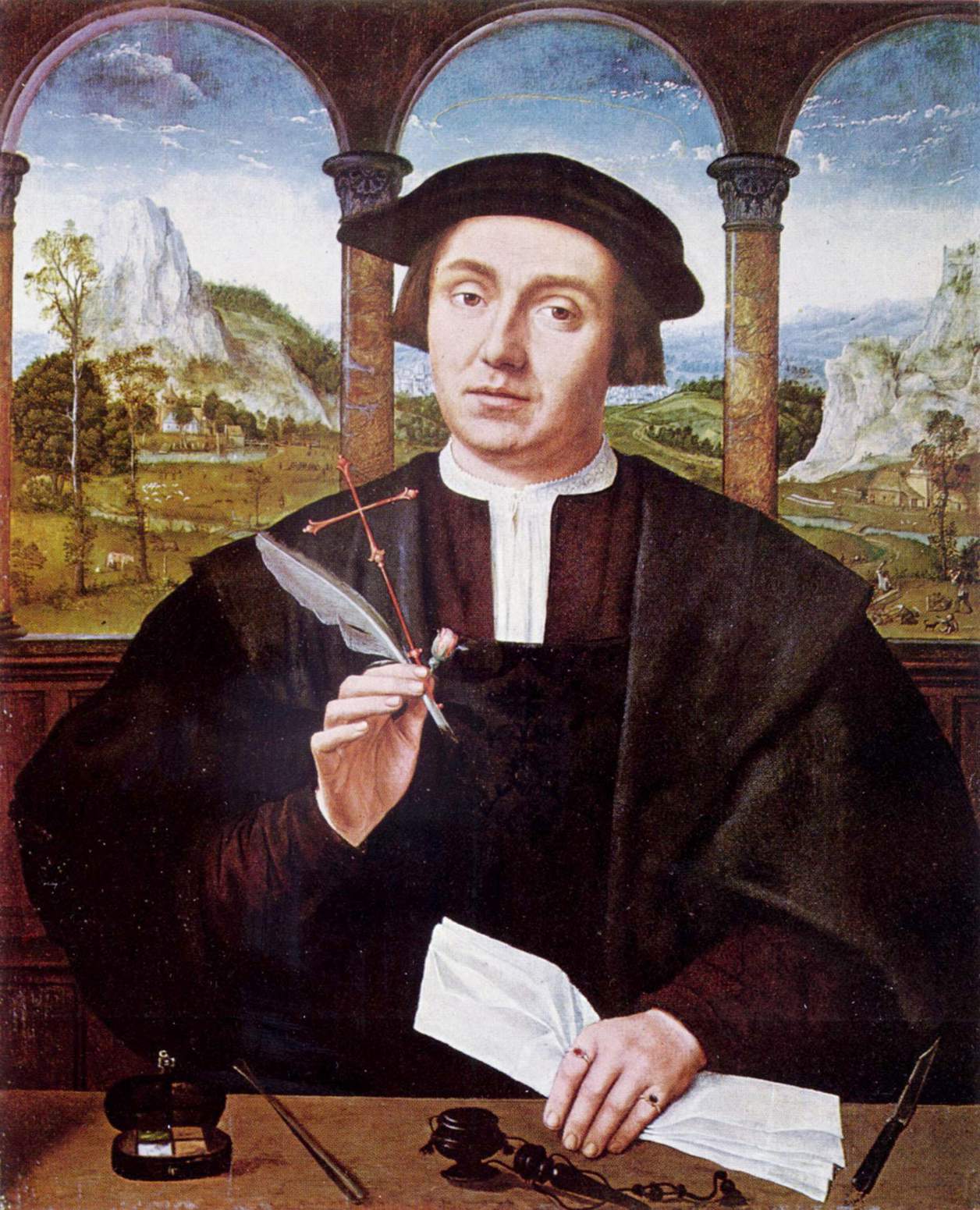|
Josef Vratislav Monse
Josef Vratislav Monse (June 15, 1733 – February 6, 1793) was a Moravian lawyer and historian. He was a leading enlightenment figure in the Habsburg monarchy and an early exponent of the Moravian Revival in Moravia. Monse played a key role in the development of modern Moravian historiography. He was a professor of law and, in 1780, the rector at the University of Olomouc. Biography Early life, studies in Prague and Vienna Josef ''Vít'' Monse was the eighth of nine children born into the family of a municipal legal official in the Vysočina Region. His parents were Johann Karl Monse and Anna Monse (née Moudrá). The family lived at house number eight on the main square at Nové Město na Moravě (german: Neustadtl in Mähren). Josef Monse attended the local school. When Monse was 14, his father died. His uncle, a local priest also named Josef Monse, sent him to study at a Jesuit gymnasium (school) in Telč. He covered the (normally) six year high school curriculum in four ... [...More Info...] [...Related Items...] OR: [Wikipedia] [Google] [Baidu] |
Nové Město Na Moravě
Nové Město na Moravě (; german: Neustadt in Mähren) is a town in Žďár nad Sázavou District in the Vysočina Region of the Czech Republic. It has about 9,800 inhabitants. It is known as a winter sports resort. The historic town centre is well preserved and is protected by law as an urban monument zone. Administrative parts Villages of Hlinné, Jiříkovice, Maršovice, Olešná, Petrovice, Pohledec, Rokytno, Slavkovice and Studnice are administrative parts of Nové Město na Moravě. Etymology The name of the town literally means "New Town in Moravia". Geography Nové Město na Moravě is located about east of Žďár nad Sázavou and northwest of Brno. It lies in the Křižanov Highlands, in the highest parts of the whole Bohemian-Moravian Highlands. Most of the municipal territory is located in the Žďárské vrchy Protected Landscape Area. The highest peak in the territory is Kopeček with above sea level. History The first written mention of Nové Město na Morav� ... [...More Info...] [...Related Items...] OR: [Wikipedia] [Google] [Baidu] |
Gymnasium (school)
''Gymnasium'' (and variations of the word) is a term in various European languages for a secondary school that prepares students for higher education at a university. It is comparable to the US English term '' preparatory high school''. Before the 20th century, the gymnasium system was a widespread feature of educational systems throughout many European countries. The word (), from Greek () 'naked' or 'nude', was first used in Ancient Greece, in the sense of a place for both physical and intellectual education of young men. The latter meaning of a place of intellectual education persisted in many European languages (including Albanian, Bulgarian, Estonian, Greek, German, Hungarian, the Scandinavian languages, Dutch, Polish, Czech, Serbo-Croatian, Macedonian, Slovak, Slovenian and Russian), whereas in other languages, like English (''gymnasium'', ''gym'') and Spanish (''gimnasio''), the former meaning of a place for physical education was retained. School structure Be ... [...More Info...] [...Related Items...] OR: [Wikipedia] [Google] [Baidu] |
Austro-Hungarian Florin
The florin (german: Gulden, hu, forint, hr, forinta/florin, cs, zlatý) was the currency of the lands of the House of Habsburg between 1754 and 1892 (known as the Austrian Empire from 1804 to 1867 and the Austro-Hungarian Monarchy after 1867), when it was replaced by the Austro-Hungarian crown as part of the introduction of the gold standard. In Austria, the florin was initially divided into 60 kreutzers (german: Kreuzer, hu, krajcar, hr, krajczár cs, krejcar). The currency was decimalized in 1857, using the same names for the unit and subunit. Name The name ''Gulden'' was used on the pre-1867 Austrian banknotes and on the German language side of the post-1867 banknotes. In southern Germany, the word Gulden was the standard word for a major currency unit. After 1867 Austrian coins used the name ''Florin''. "Florin" is derived from the city of Florence, Italy where the first florins were minted, from 1252 to 1533. History The florin (German: ''Gulden'') first emerged as a ... [...More Info...] [...Related Items...] OR: [Wikipedia] [Google] [Baidu] |
Advocate
An advocate is a professional in the field of law. Different countries' legal systems use the term with somewhat differing meanings. The broad equivalent in many English law–based jurisdictions could be a barrister or a solicitor. However, in Scottish, Manx, South African, Italian, French, Spanish, Portuguese, Scandinavian, Polish, Israeli, South Asian and South American jurisdictions, "Advocate" indicates a lawyer of superior classification. "Advocate" is in some languages an honorific for lawyers, such as " Adv. Sir Alberico Gentili". "Advocate" also has the everyday meaning of speaking out to help someone else, such as patient advocacy or the support expected from an elected politician; this article does not cover those senses. Europe United Kingdom and Crown dependencies England and Wales In England and Wales, Advocates and proctors practiced civil law in the Admiralty Courts and also, but in England only, in the ecclesiastical courts of the Church of England, ... [...More Info...] [...Related Items...] OR: [Wikipedia] [Google] [Baidu] |
Olomouc01 Faculty Of Law2
Olomouc (, , ; german: Olmütz; pl, Ołomuniec ; la, Olomucium or ''Iuliomontium'') is a city in the Czech Republic. It has about 99,000 inhabitants, and its larger urban zone has a population of about 384,000 inhabitants (2019). Located on the Morava River, the city is the ecclesiastical metropolis and was a historical capital city of Moravia, before having been sacked by the Swedish army during the Thirty Years' War. Today, it is the administrative centre of the Olomouc Region and the sixth largest city in the Czech Republic. The historic city centre is well preserved and is protected by law as urban monument reservation. The Holy Trinity Column was listed as a UNESCO World Heritage Site in 2000 for its quintessential Baroque style and symbolic value. Administrative division Olomouc is made up of 26 administrative parts: *Olomouc *Bělidla *Černovír *Chomoutov *Chválkovice *Droždín *Hejčín *Hodolany *Holice *Klášterní Hradisko *Lazce *Lošov *Nedvězí *Nemilan ... [...More Info...] [...Related Items...] OR: [Wikipedia] [Google] [Baidu] |
Italian Language
Italian (''italiano'' or ) is a Romance language of the Indo-European language family that evolved from the Vulgar Latin of the Roman Empire. Together with Sardinian, Italian is the least divergent language from Latin. Spoken by about 85 million people (2022), Italian is an official language in Italy, Switzerland (Ticino and the Grisons), San Marino, and Vatican City. It has an official minority status in western Istria (Croatia and Slovenia). Italian is also spoken by large immigrant and expatriate communities in the Americas and Australia.Ethnologue report for language code:ita (Italy) – Gordon, Raymond G., Jr. (ed.), 2005. Ethnologue: Languages of the World, Fifteenth edition. Dallas, Tex.: SIL International. Online version Itali ... [...More Info...] [...Related Items...] OR: [Wikipedia] [Google] [Baidu] |
Doctor Of Both Laws
A doctor of both laws, from the Latin ''doctor utriusque juris'', or ''juris utriusque doctor'', or ''doctor juris utriusque'' ("doctor of both laws") (abbreviations include: JUD, IUD, DUJ, JUDr., DUI, DJU, Dr.iur.utr., Dr.jur.utr., DIU, UJD and UID) is a scholar who has acquired a doctorate in both civil and church law. The degree was common among Roman Catholic and German scholars of the Middle Ages and early modern times. Today the degree is awarded by the Pontifical Lateran University after a period of six years of study, by the University of Würzburg, and by the University of Fribourg, as well as the University of Cologne. Between approximately the twelfth through the eighteenth centuries European students of law mastered the ''Ius commune'', a pan-European legal system that held sway during that span. It was composed of canon (church) law and Roman and feudal (civil) law, resulting in the degree of "Doctor of both laws". or of "Licentiatus of both laws". Doctors of Civ ... [...More Info...] [...Related Items...] OR: [Wikipedia] [Google] [Baidu] |
Doctor Of Law
A Doctor of Law is a degree in law. The application of the term varies from country to country and includes degrees such as the Doctor of Juridical Science (J.S.D. or S.J.D), Juris Doctor (J.D.), Doctor of Philosophy (Ph.D.), and Legum Doctor (LL.D.). By country Argentina In Argentina the Doctor of Laws or Doctor of Juridical Sciences is the highest academic qualification in the field of ''Jurisprudence''. To obtain the doctoral degree the applicant must have previously achieved, at least the undergraduate degree of Attorney. (Título de Abogado). The doctorates in Jurisprudence in Argentina might have different denominations as is described as follow: * Doctorate in Law (Offered by the University of Buenos Aires, NU of the L, and NU of R) * Doctorate in Criminal Law * Doctorate in Criminal Law and Criminal Sciences * Doctorate in Juridical Sciences * Doctorate in Juridical and Social Sciences (Offered by the NU of C) * Doctorate in Private Law (Offered by the NU of T) * Docto ... [...More Info...] [...Related Items...] OR: [Wikipedia] [Google] [Baidu] |
Germanisation
Germanisation, or Germanization, is the spread of the German language, German people, people and German culture, culture. It was a central idea of German conservative thought in the 19th and the 20th centuries, when conservatism and ethnic nationalism went hand in hand. In linguistics, Germanisation of non-German languages also occurs when they adopt many German words. Under the policies of states such as the State of the Teutonic Order, Teutonic Order, Federal State of Austria, Austria, the German Empire and Nazi Germany, non-Germans were often prohibited from using their native language, and had their traditions and culture suppressed in the goal of gradually eliminating foreign cultures, a form of ethnic cleansing. In addition, colonists and settlers were used to upset the population balance. During the Nazi Germany, Nazi era, Germanisation turned into a policy of genocide against some non-German ethnic groups. Forms Historically there are different forms and degrees of the ex ... [...More Info...] [...Related Items...] OR: [Wikipedia] [Google] [Baidu] |
Catholicisation
Catholicisation refers mainly to the conversion of adherents of other religions into Catholicism, and the system of expanding Catholic influence in politics. Catholicisation was a policy of the Holy See through the Papal States, Holy Roman Empire, Habsburg monarchy, etc. Sometimes this process is referred to as re-Catholicization although in many cases Catholicized people had never been Catholics before. The term is also used for the communion of Eastern Christian churches into the Roman Catholic Church; the Eastern Catholic Churches that follow the Byzantine, Alexandrian, Armenian, East Syrian, and West Syrian Rites, as opposed to the Roman Catholic Latin Rite. Catholic doctrine Propaganda The Congregation for the Evangelization of Peoples ( la, Congregatio pro Gentium Evangelizatione), formerly Sacred Congregation for the Propagation of the Faith ( la, Sacra Congregatio de Propaganda Fide) is the congregation of the Roman Curia responsible for missionary work and relat ... [...More Info...] [...Related Items...] OR: [Wikipedia] [Google] [Baidu] |
Battle Of White Mountain
), near Prague, Bohemian Confederation(present-day Czech Republic) , coordinates = , territory = , result = Imperial-Spanish victory , status = , combatants_header = , combatant1 = Catholic League , combatant2 = Bohemian Confederation Electoral Palatinate , commander1 = , commander2 = , strength1 = 23,00012 guns , strength2 = 21,00010 guns , casualties1 = 650 killed and wounded , casualties2 = 2,800 killed and wounded , map_type = Czech Republic Prague#Czech Republic , map_mark = Battle icon (crossed swords).svg , map_relief = , map_size = 300px , map_marksize = 30 , map_caption = , map_label = White Mountain The Battle of White Mountain ( cz, Bitva na Bílé hoře; german: Schlacht am Weißen Berg) was an important battle in the early stages of the Thirty Years' War. It led to the defeat of the Bohemian ... [...More Info...] [...Related Items...] OR: [Wikipedia] [Google] [Baidu] |








